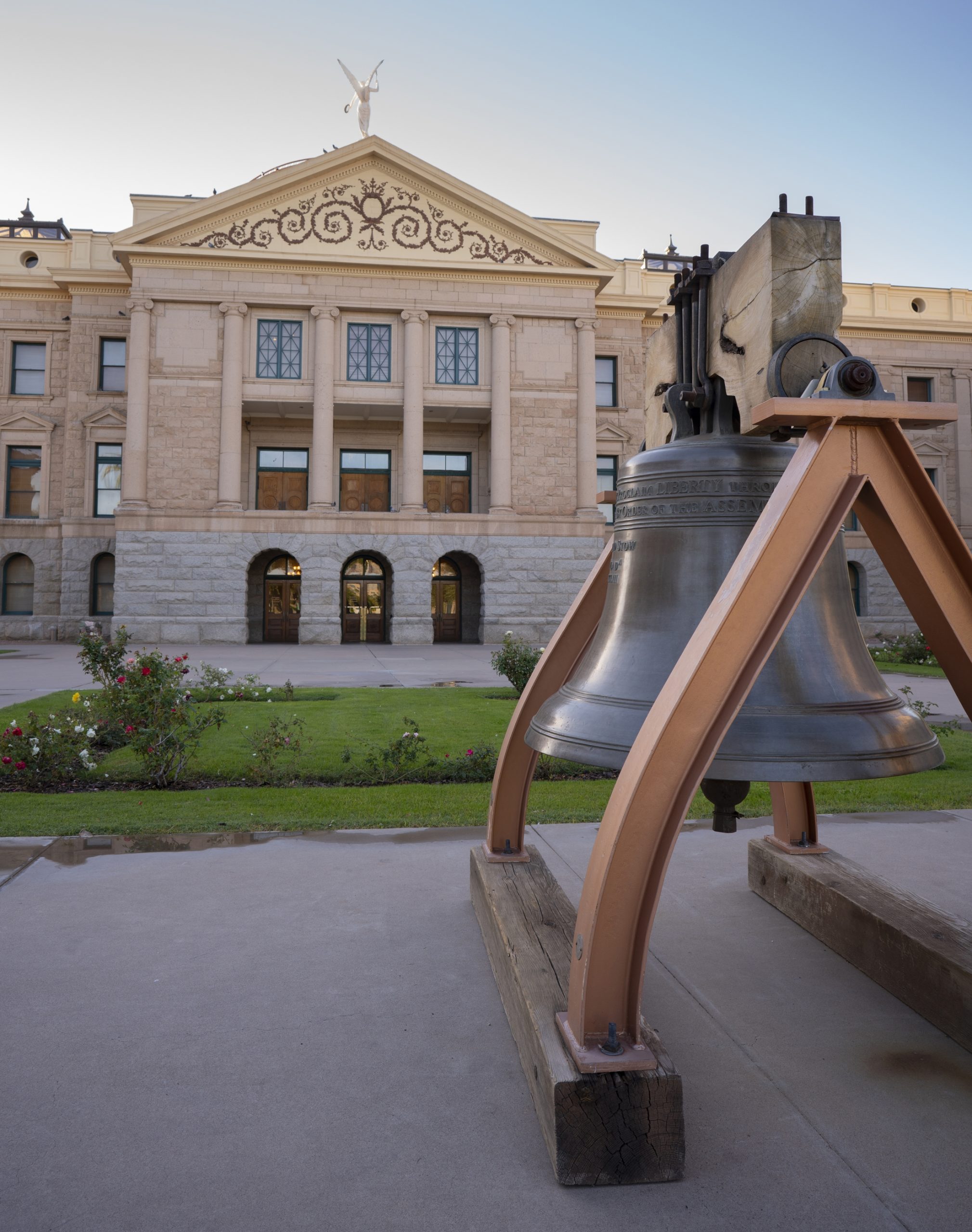- Legislative gridlock delays long-sought rural groundwater reform.
- Governor Hobbs launches direct outreach in rural communities.
- GOP lawmakers criticize top-down mandates and defend local control.
- The Willcox Basin remains a focal point of policy disagreements.
Thursday, May 29, 2025 — As Arizona’s legislative session nears its close, state leaders remain at odds over how to address the long-standing groundwater challenges facing rural communities. While Democratic Governor Katie Hobbs continues to push for increased oversight through rural groundwater management areas, Republican lawmakers say her approach imposes unworkable burdens and ignores local autonomy. The dispute has left rural Arizonans in limbo, with no legislative resolution in sight.
Stalled Talks and Rising Tensions.
Earlier this year, Governor Hobbs introduced the Rural Groundwater Management Act of 2025, a proposal she described as grounded in science and built on bipartisan outreach. At the time, she appeared alongside local Republican leaders, expressing optimism that a collaborative solution was within reach. But according to the Governor’s Office , negotiations have not occurred since early April. One flashpoint in the breakdown came when some lawmakers and interest groups rejected a separate Arizona Department of Water Resources proposal that sought to cut groundwater overdraft in the Willcox Basin. State Senator Tim Dunn called the target “unattainable.”
, negotiations have not occurred since early April. One flashpoint in the breakdown came when some lawmakers and interest groups rejected a separate Arizona Department of Water Resources proposal that sought to cut groundwater overdraft in the Willcox Basin. State Senator Tim Dunn called the target “unattainable.”
A Shift to “Kitchen Table” Outreach.
With the legislative path stalled, Governor Hobbs is now turning her attention directly to rural communities. On May 27, she announced a new phase of engagement, pledging to “meet Arizonans at their kitchen tables .” She emphasized the urgency of the situation, saying, “Protecting groundwater for Arizona’s rural communities demands urgent action. While the legislative majority refuses to come to the negotiating table, I am meeting Arizonans at their kitchen tables.”
.” She emphasized the urgency of the situation, saying, “Protecting groundwater for Arizona’s rural communities demands urgent action. While the legislative majority refuses to come to the negotiating table, I am meeting Arizonans at their kitchen tables.”
Hobbs, who previously visited Willcox in September 2024, criticized a “small group of lawmakers and lobbyists” for obstructing reform efforts. Her administration says it remains open to negotiation but will continue working with Tribal leaders, water experts, and rural residents to pursue long-term water security.
Veto Sparks Backlash Over Local Control.
Republican lawmakers, however, accuse the Governor of undermining the will of local voters. On May 20, Representative Gail Griffin denounced Hobbs’ veto of House Bill 2089 , which would have allowed residents of voter-established Active Management Areas (AMAs) like Douglas to reconsider their designation after ten years. Griffin said, “If local voters put in the regulations, then local voters should be able to reconsider the regulations. That is the essence of local control.”
, which would have allowed residents of voter-established Active Management Areas (AMAs) like Douglas to reconsider their designation after ten years. Griffin said, “If local voters put in the regulations, then local voters should be able to reconsider the regulations. That is the essence of local control.”
The Governor dismissed the measure as a “pointless, trivial” change, sparking further criticism. Griffin argued that Hobbs was ignoring the unique economic realities of rural Arizona, particularly in regions dependent on agriculture, energy, and wine production. She said, “What the Governor wants is a framework that imposes more restrictions on rural Arizona than exist in urban areas like Phoenix and Tucson.”
Willcox Basin at the Center of Dispute.
Much of the current dispute centers on the Willcox Basin, where residents previously rejected the creation of an AMA. Despite the vote, the Governor’s administration has pursued mandatory conservation targets, including a plan to cut groundwater overdraft by 50 percent over the next 50 years. Critics contend that such requirements are unrealistic and threaten to devastate the local economy.
Republican lawmakers say they support “tools to stop the expansion of groundwater pumping, stabilize existing groundwater levels, and put more water into the aquifer through groundwater conservation and stormwater recharge.” But they remain opposed to mandates they say do not reflect the unique needs of rural communities.
With time running out in the current legislative session, prospects for a comprehensive agreement remain uncertain. In the meantime, the rift between state leadership and rural stakeholders continues to widen, leaving the fate of Arizona’s rural aquifers hanging in the balance.

